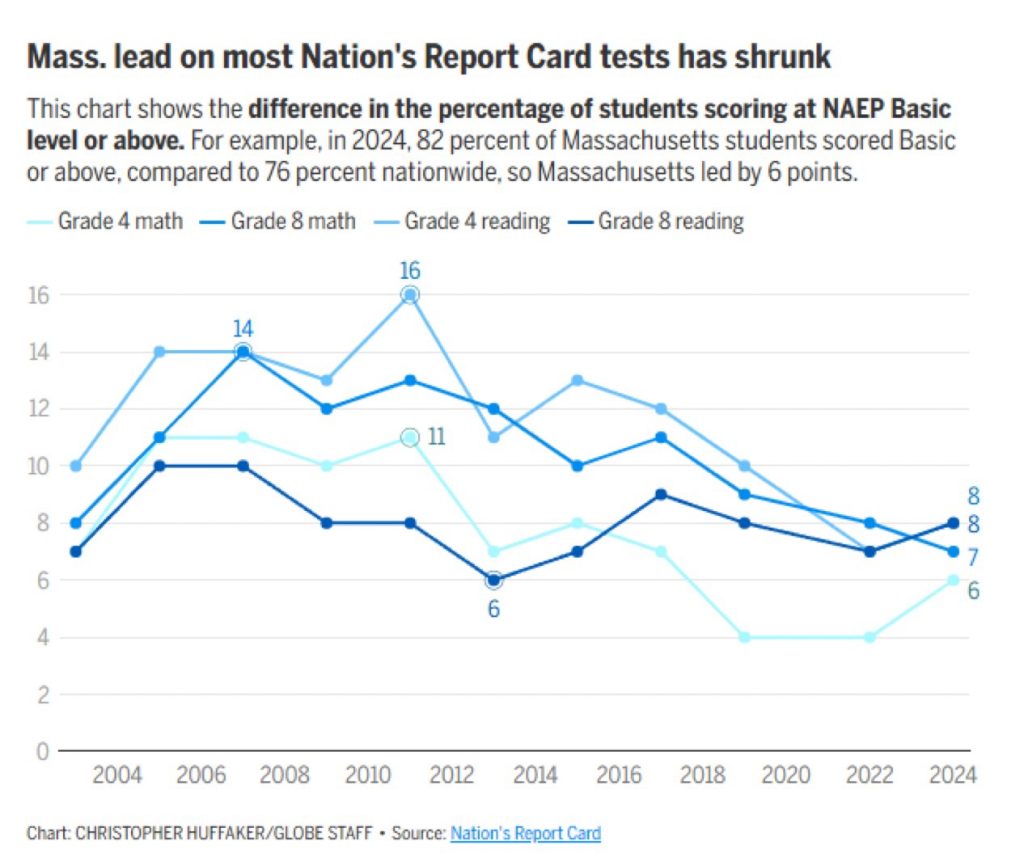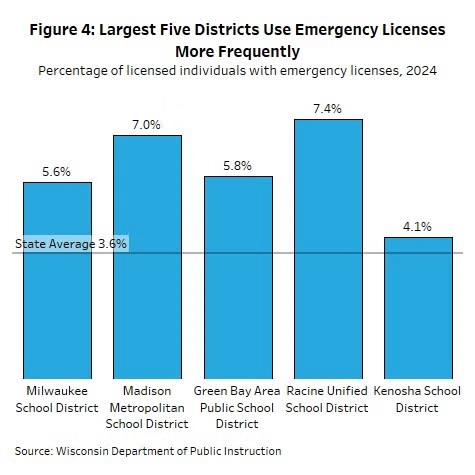“And we’re just trying to understand — was there something going on here, from the institutional standpoint, that maybe was too dangerous. Obviously, COVID was a significant world event. And we are the body over the UNC System, and so (we’re) taking a look at those things,” he said.
UNC spokesperson Kevin Best said Thursday when asked about the status of the legislature’s request that nothing has changed since its statement to The N&O in June, which was that due to state law, “any request made to an agency employee by Commission staff and any communication between Commission staff and an agency employee is confidential.”
“The University deeply values and appreciates its partnership with the General Assembly and is committed to legal compliance and transparency,” Best said.
U.S. Right to Know’s request denied by appeals court
According to the Court of Appeals decision, U.S. Right to Know describes itself as “an investigative research group that promotes transparency for public health, [which] has been investigating the origins of COVID19 and the virus that causes it.” The group requested public records of Baric’s work and associations with the Wuhan Institute of Virology.
Gary Ruskin, executive director of U.S. Right to Know, told The N&O in an email that they are “disappointed” in the Court of Appeals result and are evaluating their “legal options and potential next steps.”

